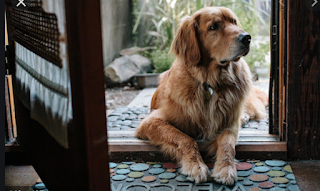Mise en scene is a catch-all for everything that contributes to the visual presentation and overall “look” of a production.
Mise-en-scène is the stage design and arrangement of actors in scenes for a theatre or film production, both in visual arts through storyboarding, visual theme, and cinematography, and in narrative storytelling through the direction.
It’s the film’s visuals; meaning, all of the elements that appear on camera and their arrangement.
I. Setting
The setting of a scene – that is, the literal physical space in which it unfolds – has a huge impact on the visuals
II. Decor
The decor, also production design, within a setting is especially revealing. It, too, is often analyzed as symbolic of something about the story or character.
In particular, color can be read as an expression of deeper meaning. Green is often interpreted to exude nature, red passion, black death, or foreboding. Textures, too, are key. If a lush fabric like velvet is common in a space, then you might conclude that the inhabitants can afford the luxury.
Color helps distinguish between the three worlds in which the film unfolds.
These color differences help us keep track of what’s happening where as well as experience the full range of emotions that del Toro intends.
III. Lighting
Of course, lighting – an aspect of cinematography – is a key contributor to a film’s look and feel, too!”
IV. Depth of Space
When we talk about “depth of space”, we’re talking about the depth of the image onscreen. Depth is determined by the distances between objects, people, and scenery, influenced by their placement along with camera location and lens choice.
V. Costumes and Makeup
Although it can be easy to overlook costumes and makeup when you’re developing your screenplay, they’re a key element of mise en scène. “What the character is wearing and how it is arranged can say a lot about them, or not much at all. Which is equally important,”
Essentially, costumes and makeup are another way to externalize the internal, ever the holy grail of a medium as visual as film!
In Conclusion
Although mise-en-scène isn’t strictly a production term, it’s definitely something that filmmakers consider throughout the creative process! Think of it as the convergence of many different departments’ efforts, as guided by the director, culminating in a singular visual impression that impacts and gets analyzed by audiences and critics alike. They represent an opportunity for you to tell your story visually.
https://www.lightsfilmschool.com/blog/mise-en-scene-in-film-afk
https://collegefilmandmediastudies.com/mise-en-scene-2/
Nothing need be random, friends. Everything in the frame can carry meaning. It’s up to you and your team to instill it!















